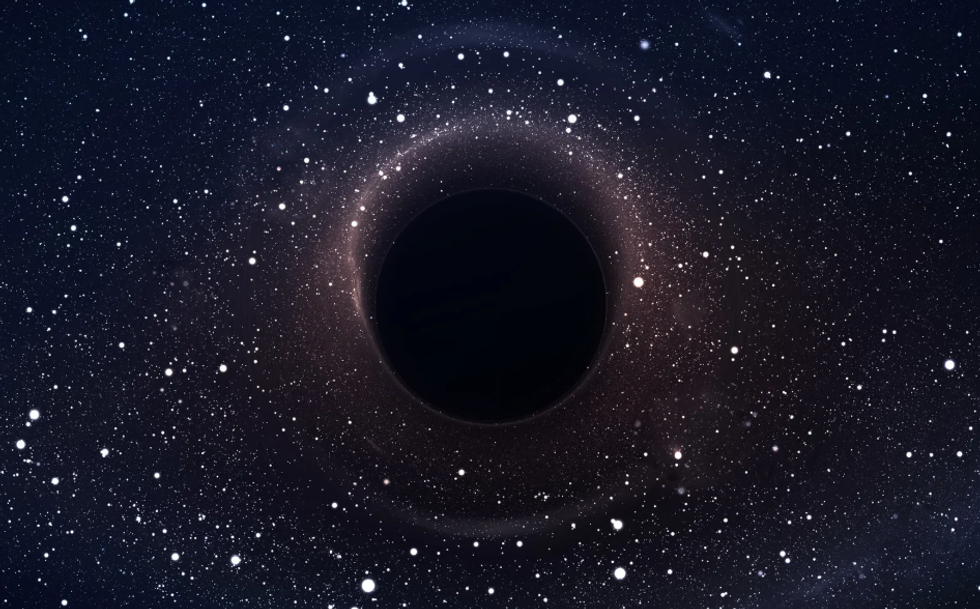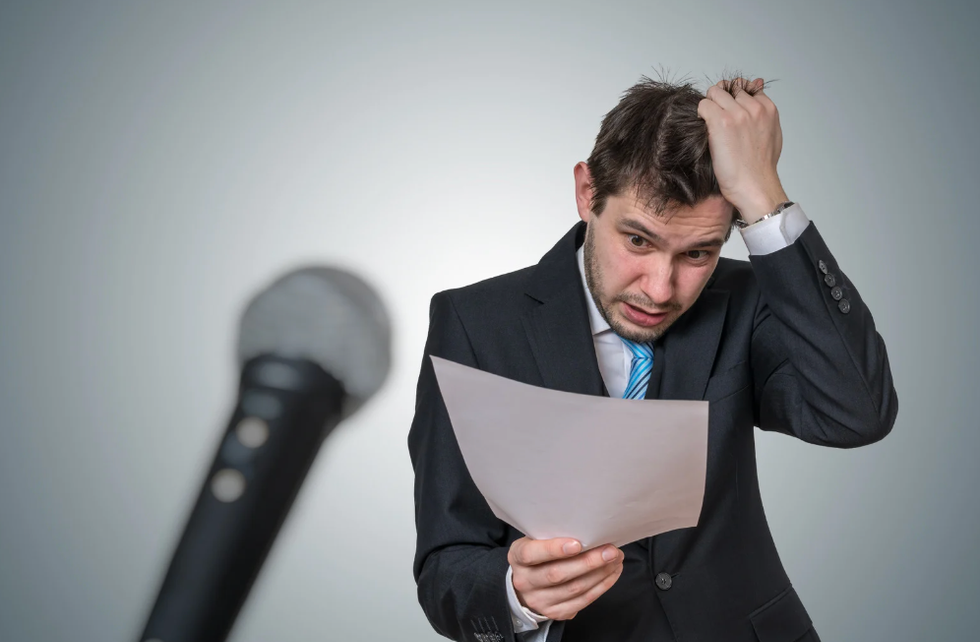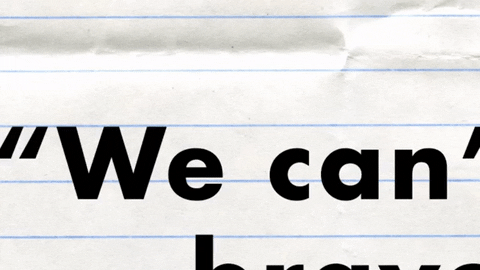Bees play a critical role in our food production system as pollinators. Because of this they are considered a "keystone species," a species which many other species in an ecosystem rely on. According to the Food and Agriculture Organization of the United Nations (FAO), 75% of all crops that produce fruit or seeds for human consumption depend, at least in part, on pollinators—most commonly, bees. In 2006, scientists observed a major decline in bee populations, attributed in part to Colony Collapse Disorder, a phenomena where worker honeybees abandon their colonies in large numbers, attributed to stressors like pests, diseases, pesticides, and the effects of climate change such as nutritional deficits and habitat loss. The prime objective with regards to bees is conservation, which has been successful in recent years--no incidents of CCD have been reported in several years, and currently bees are not at risk of extinction. However given the recent concern, and the central role bees play in food production, scientists have begun seeking out ways to assist pollinators in their mission.
In 2017 Eijiro Miyako, a chemist at the Japan Advanced Institute of Science and Technology, adapted a 1.5 inch toy drone into one that could pollinate flowers. The first iteration, glued with horse hair that would have collected and deposited pollen, failed—the pollen delivery required the drone to get close enough that its propellers damaged the flowers. Miyako developed a second ultimately successful iteration while playing with his son in the park. Upon seeing a toy bubble-gun dispense a stream of bubbles, Miyako realized that a similar device might allow gentler delivery of pollen to the flowers. After some trial and error, Miyako and his colleagues devised the best solution and procedure, and successfully pollinated flowers in three trees. Their method was more successful than other forms of manual pollination, requiring a fraction of the pollen. The team's further experiments have involved adapting the bubble sprayer to aerial drones, which were eventually able to hit 90% of the flowers with pollen bubbles.
While the pollinating drone is still in its early stages, Miyako and his team are continuing to improve the already promising technology. Future drones may even be able to identify flowers for better targeting of the pollen. The team is also working on a soap solution that is biodegradable. While the technology can't replace bees and other natural pollinators outright, pollinating drones are a promising example of ways humans can contribute to the efforts of natural pollinators in addition to conservation efforts.
















 Visualization of a black holeImage via Canva
Visualization of a black holeImage via Canva

 Speaking in public is still one the most common fears among people.Photo credit: Canva
Speaking in public is still one the most common fears among people.Photo credit: Canva muhammad ali quote GIF by SoulPancake
muhammad ali quote GIF by SoulPancake

 Let us all bow before Gary, the Internet's most adventurous feline. Photo credit: James Eastham
Let us all bow before Gary, the Internet's most adventurous feline. Photo credit: James Eastham Gary the Cat enjoys some paddling. Photo credit: James Eastham
Gary the Cat enjoys some paddling. Photo credit: James Eastham James and Gary chat with Ryan Reed and Tony Photo credit: Ryan Reed
James and Gary chat with Ryan Reed and Tony Photo credit: Ryan Reed
